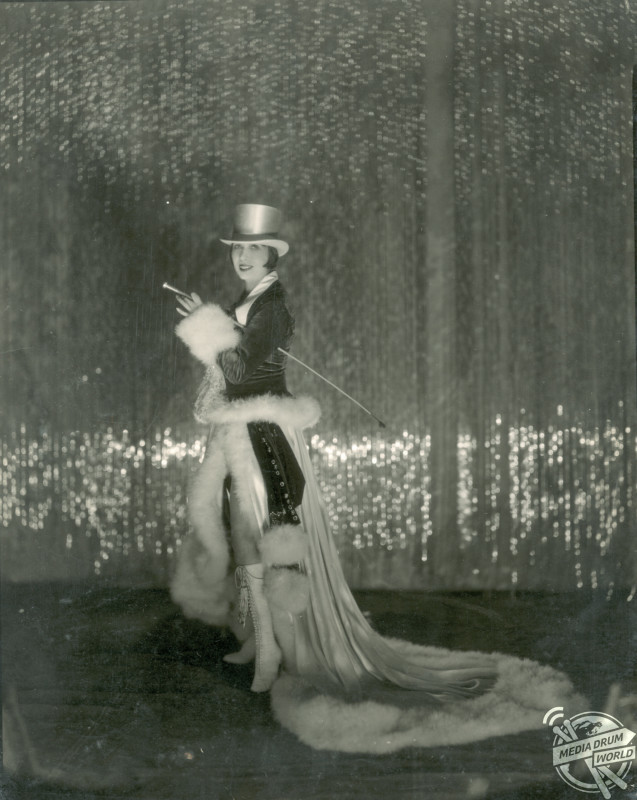By Tom Dare
INCREDIBLE pictures highlighting the glitz and glamour of the 1920s Jazz Age in America have been released as part of a new book.
Images from ‘1920s Jazz Age Fashion and Photographers’ by Martin Pel, taken nearly a century ago at the height of the ‘Jazz Age’, show some of the top fashion choices of the era. High-profile women from the time are shown adorning extravagant frocks and head pieces to show off their status.
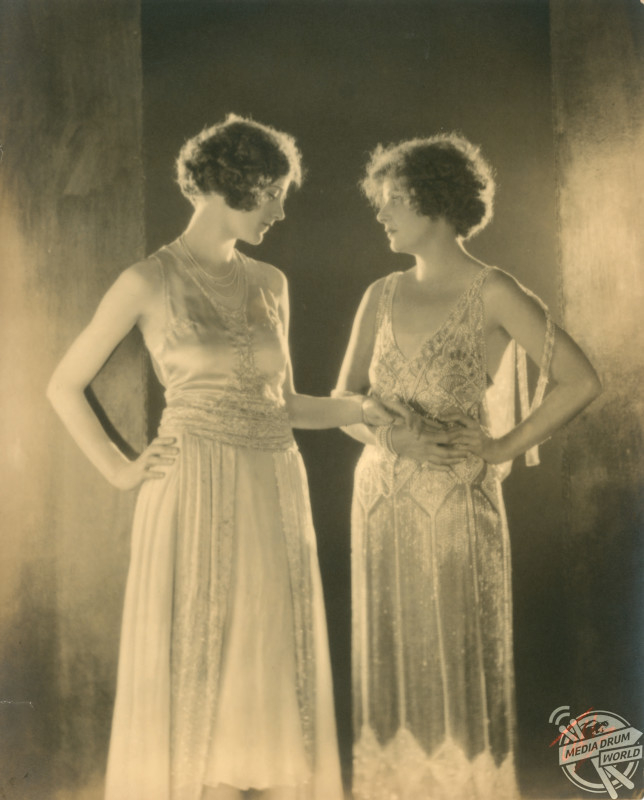
Fred Astaire is among the famous performers who can be seen strutting their stuff in a series of fascinating photographs. The ‘Saville Row’ look popular with the men of the time is also showcased in the book, with three-piece suits and top hats are all the rage.
The latest offering from Pel, author and curator of costumes and textiles at Royal Pavilion and Museums, Brighton, takes an in-depth look at some of the cutting-edge fashions which defined a decade that saw women given the vote, prohibition introduced and America adjusting to its new role as a major international player.
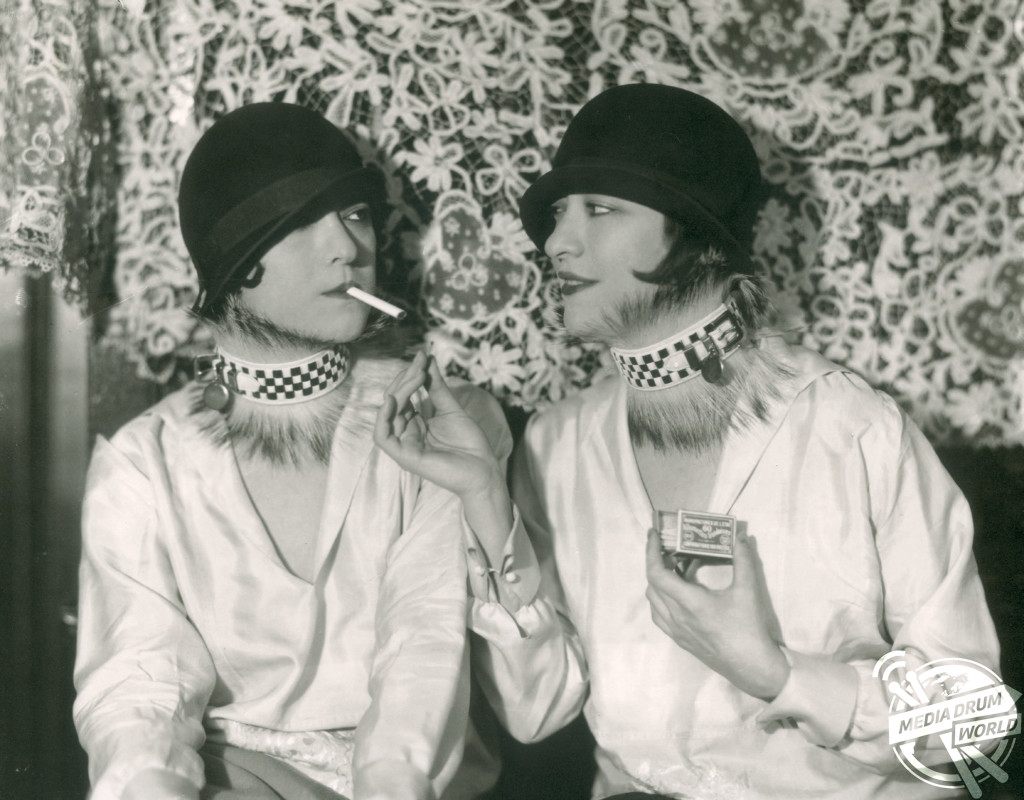
And, Pel says, the fashion of the time reflected the uniqueness of that particular moment in history.
“This publication coincides with the exhibition 1920s Jazz Age Fashion & Photographs at London’s Fashion and Textiles Museum and explores the jazz age through fashion clothing, accessories and photography of the age, notably by James Abbe, as evidence to explore multiple narratives,” he said.
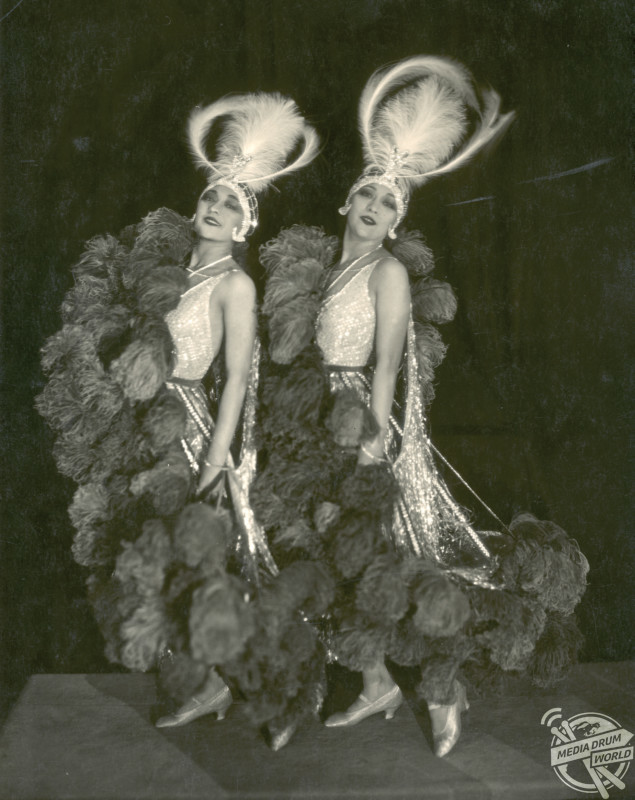
“The book explores the period 1919–29 from the evolution of what was to become known as the flapper or la garçonne look, culminating in a return to femininity in female fashion as the world sought stability in the face of economic uncertainty.
“Jazz became the world’s first youth movement – combining and celebrating music, fashion and youth – and was the first American and black culture to have a truly international influence. Jazz represented a break from the past; from the generation that had taken the world to war, and from old modes of behaviour and thought. Jazz embraced the new and the unconventional, and harnessed the unbridled energy of youth in its multitude of expressions.
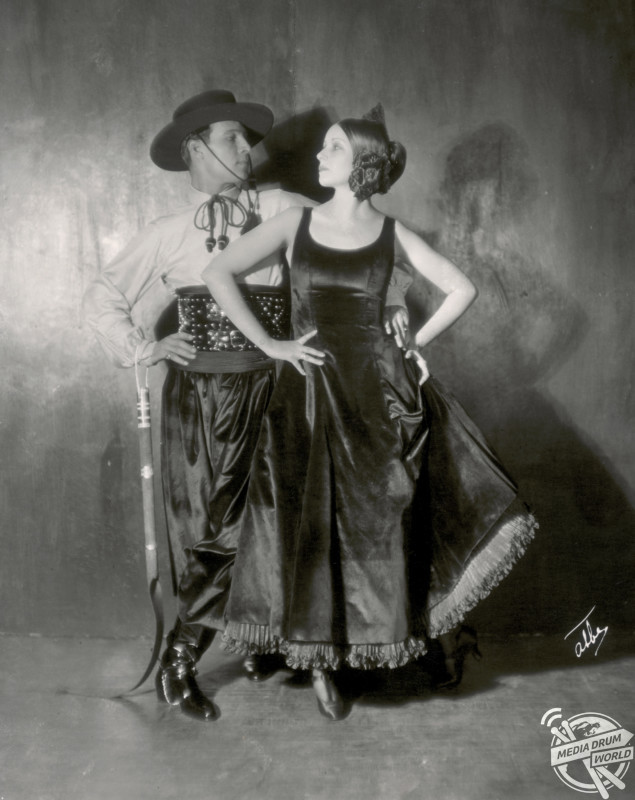
“Jazz was democratic, and inclusive, embracing the formerly silent voices of not only blacks, but also women, homosexuals and Jews.
Transcending its musical origins, jazz became a term that was applied to all manner of objects influencing their design and decoration – not least of all fashion, which displayed jazz’s aesthetic and attitude from couture to the department store.”
1920s Jazz Age Fashion and Photographers by Martin Pel is published by Unicorn, and can be purchased here: https://www.amazon.co.uk/1920s-Jazz-Age-Fashion-Photographs/dp/1910787280

